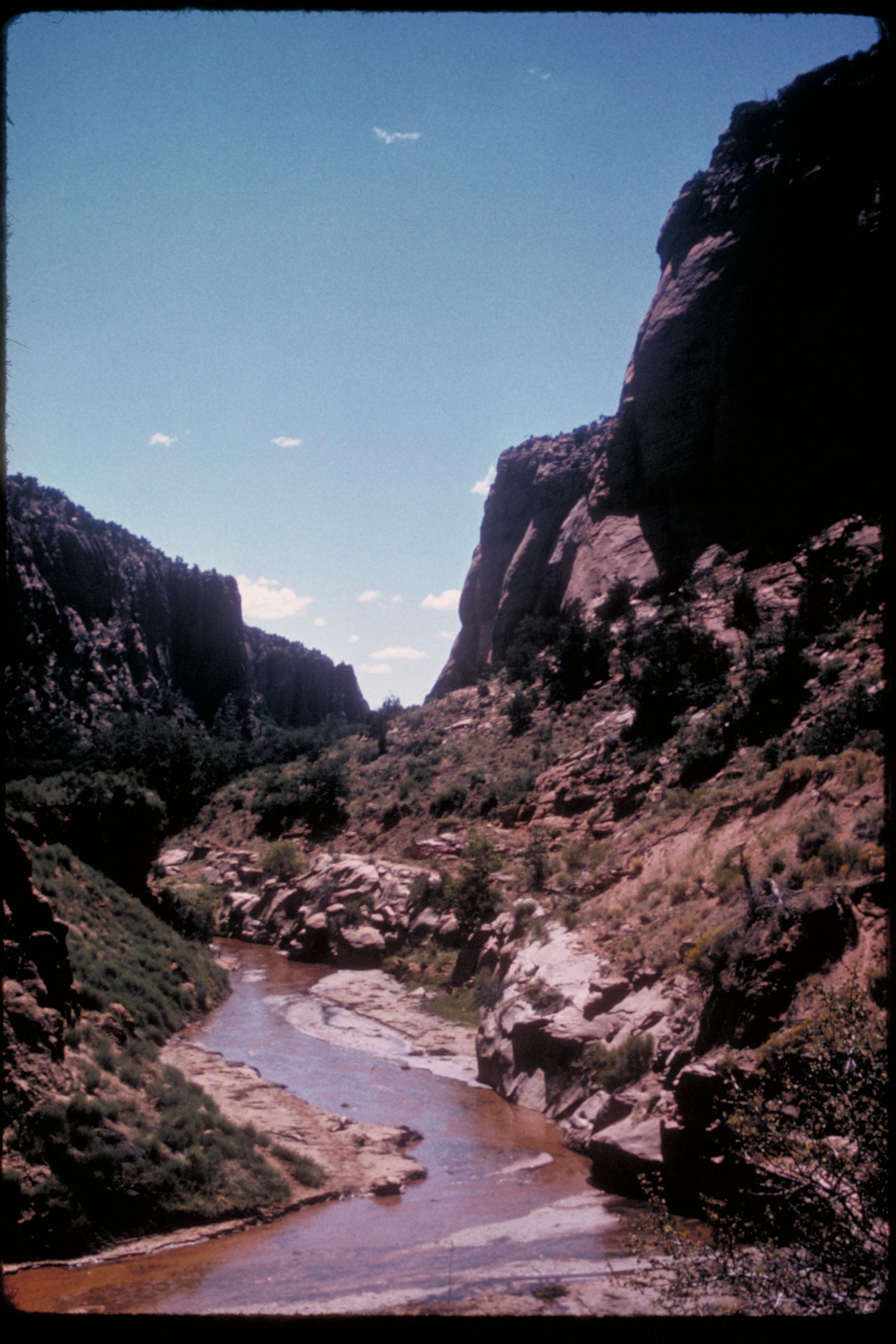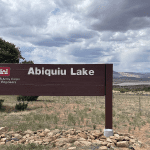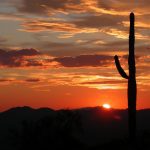- Lawmakers focus on key water settlements.
- Tribal communities stand to gain resources.
- Bipartisan efforts target drought resiliency.
Water rights are on Arizona’s agenda as a new legislative session unfolds. Officials aim to revive two major settlements for tribal communities—one benefiting the Navajo, Hopi, and San Juan Southern Paiute Tribes, and another for the Yavapai-Apache Nation—after they fell short of a full hearing last session. Senator Mark Kelly (D) intends to reintroduce both. Meanwhile, newly-elected Senator Ruben Gallego (D) has underscored “water security in the desert” and partnerships with Arizona’s Native American communities as top priorities.
U.S. Rep. Juan Ciscomani (AZ-06) (R) released a statement outlining his commitment to water initiatives. In his words:
outlining his commitment to water initiatives. In his words:
“Water is our most precious resource. It sustains life, fuels our ecosystems, powers industry, and nourishes our crops and livestock. As Arizona’s economy and population continues to grow, the continued success of our state relies on our ability to protect our water supply. This means strengthening infrastructure and investing in conservation and drought resiliency efforts to safeguard our supply for generations to come. As your Representative, I will continue to responsibly advocate for legislation, funding and other efforts that promote a more secure water future.”
He noted that the Colorado River provides roughly one-third of Arizona’s water. Growing demand and a historic drought have sparked bipartisan cooperation through the Colorado River Caucus, which Ciscomani launched alongside Rep. Joe Neguse of Colorado. The group aims to prevent drastic cuts to Arizona’s water delivery by prioritizing conservation programs and improved data tracking.
Ciscomani also highlighted federal bills he helped introduce. The WATER Data Improvement Act (H.R. 5770) reauthorizes U.S. Geological Survey programs to better monitor water levels, and the Drought Preparedness Act (H.R. 4385) extends the Bureau of Reclamation’s authorities to mitigate drought impacts. Both measures passed the House with bipartisan support.
Serving on the House Appropriations Committee, Ciscomani reported that he secured $34 million for local infrastructure. Projects include upgrading water lines in Graham County, improving reclamation facilities in Tucson, constructing a new treatment plant in Marana, and replacing aging equipment in Tombstone.
He also described ongoing efforts to address health and safety issues stemming from untreated wastewater in Nogales, with $12.5 million earmarked to overhaul and transfer ownership of the International Outfall Interceptor.
Another key element is the Northeastern Arizona Indian Water Rights Settlement Act (H.R. 8940), introduced in a bipartisan and bicameral effort. Ciscomani said the measure “secures water rights for the Navajo Nation, the Hopi Tribe, and the Southern San Juan Paiute Tribe.” It has drawn support from Senators Kelly and Kyrsten Sinema, along with several Arizona House members across party lines. On a state level, Governor Hobbs signed both the Yavapai-Apache Nation and Northeastern Arizona Indian Water right settlement agreements in November.
in November.
Arizona’s congressional delegation appears determined to ensure reliable water resources through legislation, funding, and collaborative problem-solving. Their plans could shape water security for millions in the state, while also addressing the needs of tribal communities whose rights have been long delayed.
Image:
Navajo National Monument  preserves three of the most-intact cliff dwellings of the ancestral Puebloan people (Hisatsinom). The Navajo people who live here today call these ancient ones “Anasazi.” The monument is high on the Shonto Plateau, overlooking the Tsegi Canyon system on the Navajo Nation in Northern Arizona. The monument features a visitor center, two short self-guided mesa top trails, two small campgrounds, and picnic area. In the summer, rangers guide visitors on tours of the Keet Seel and Betatakin cliff dwellings. Tours are usually available during the spring and fall months as well. Photo by the National Park Service, February 2024. Licensed under public domain.
preserves three of the most-intact cliff dwellings of the ancestral Puebloan people (Hisatsinom). The Navajo people who live here today call these ancient ones “Anasazi.” The monument is high on the Shonto Plateau, overlooking the Tsegi Canyon system on the Navajo Nation in Northern Arizona. The monument features a visitor center, two short self-guided mesa top trails, two small campgrounds, and picnic area. In the summer, rangers guide visitors on tours of the Keet Seel and Betatakin cliff dwellings. Tours are usually available during the spring and fall months as well. Photo by the National Park Service, February 2024. Licensed under public domain.




Leave a Reply